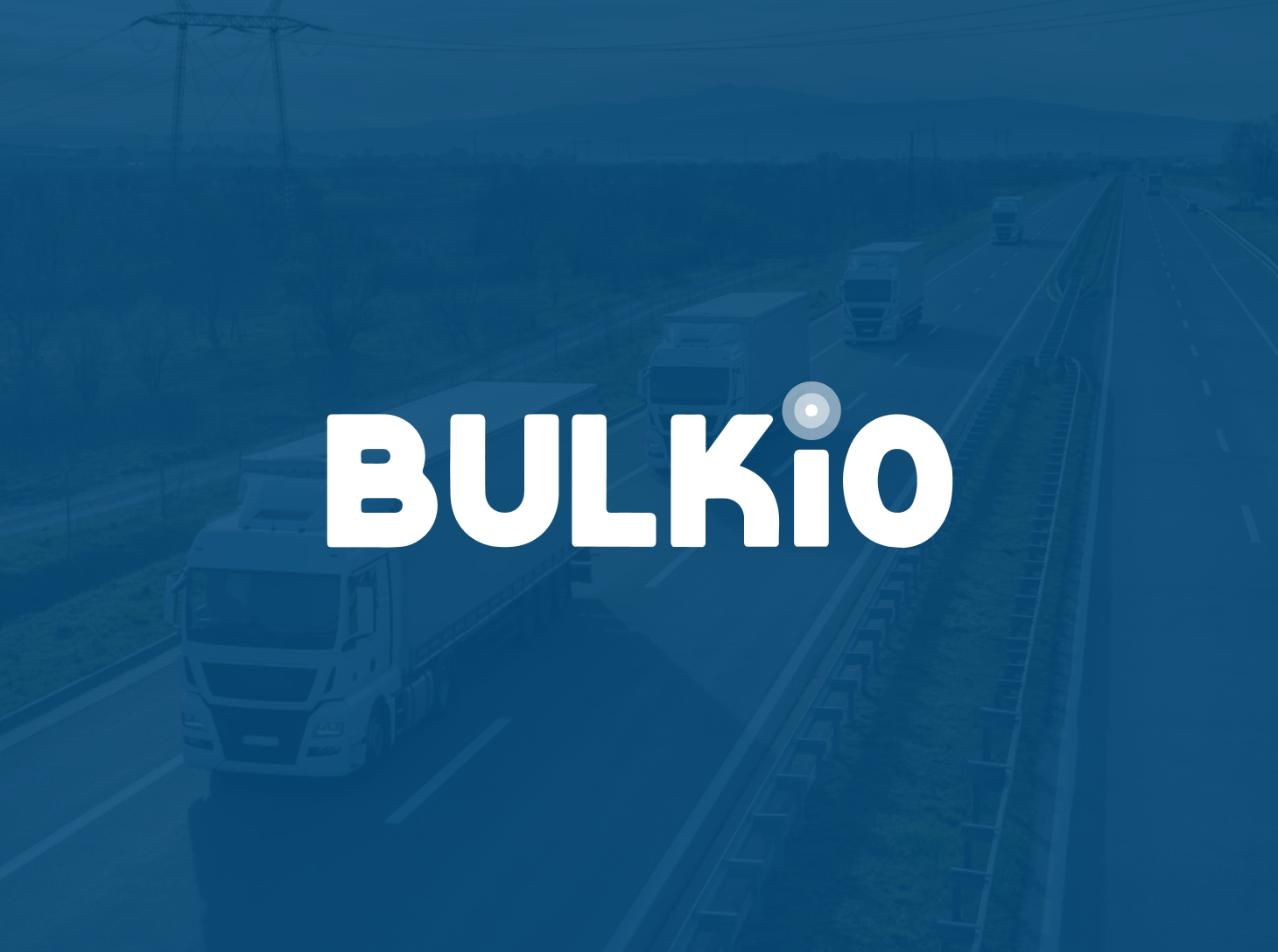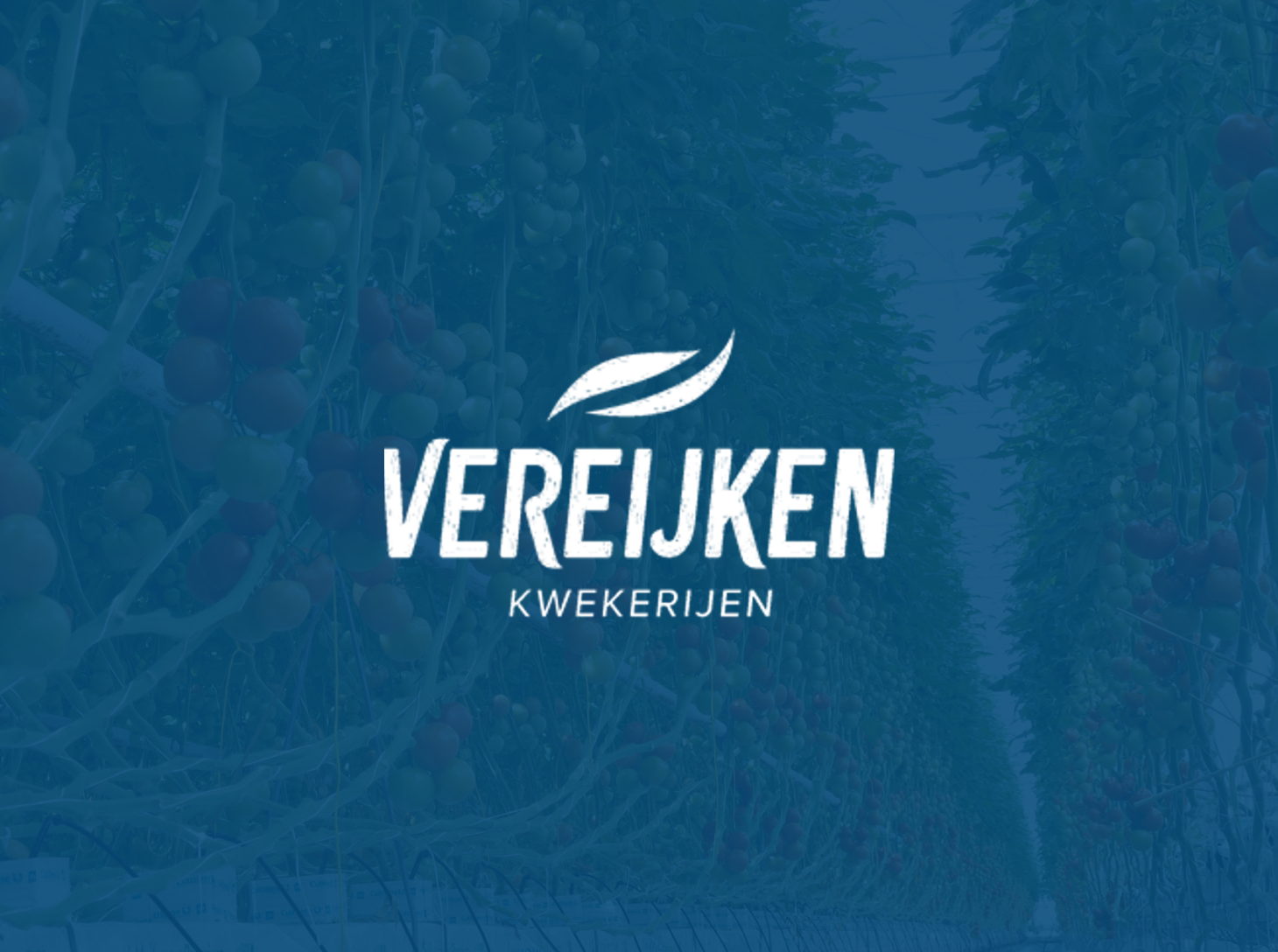Bright Cape approached SSOE’s challenges with a strategic and innovative mindset, not only by developing a successful use case that met all requirements but also by working on a long-term AI vision for the organization.
To ensure that staff received quick answers to HR-related questions, Bright Cape developed an AI chatbot based on a Retrieval-Augmented Generation (RAG) system. This system enables the chatbot to answer questions based on internal HR documents. For example, employees can ask: ‘Am I entitled to leave if I’m moving?’ and receive an immediate, accurate response based on the available information.
The choice of a RAG system was intentional and strategic. It combines the benefits of retrieval-based and generative models, allowing the chatbot to not only retrieve relevant information but also generate coherent and contextual answers. Additionally, the open-source AnythingLLM framework provided extra flexibility and security. Since all data stays within the organization, there are no concerns regarding privacy and data protection. Furthermore, with this solution, SSOE can develop and customize their own chatbots. For instance, the organization recently created a chatbot for an internal event—a great example of the versatility and scalability of the solution.

However, building the chatbot was just one part of Bright Cape’s added value. Equally important was supporting SSOE in shaping their AI vision. Bright Cape helped the organization identify the key risks and requirements that AI solutions in education must meet. Through this approach, SSOE was able to implement a safe and scalable AI solution while also taking steps on their AI roadmap for the future and creating a moral compass for the use of AI within special education.



